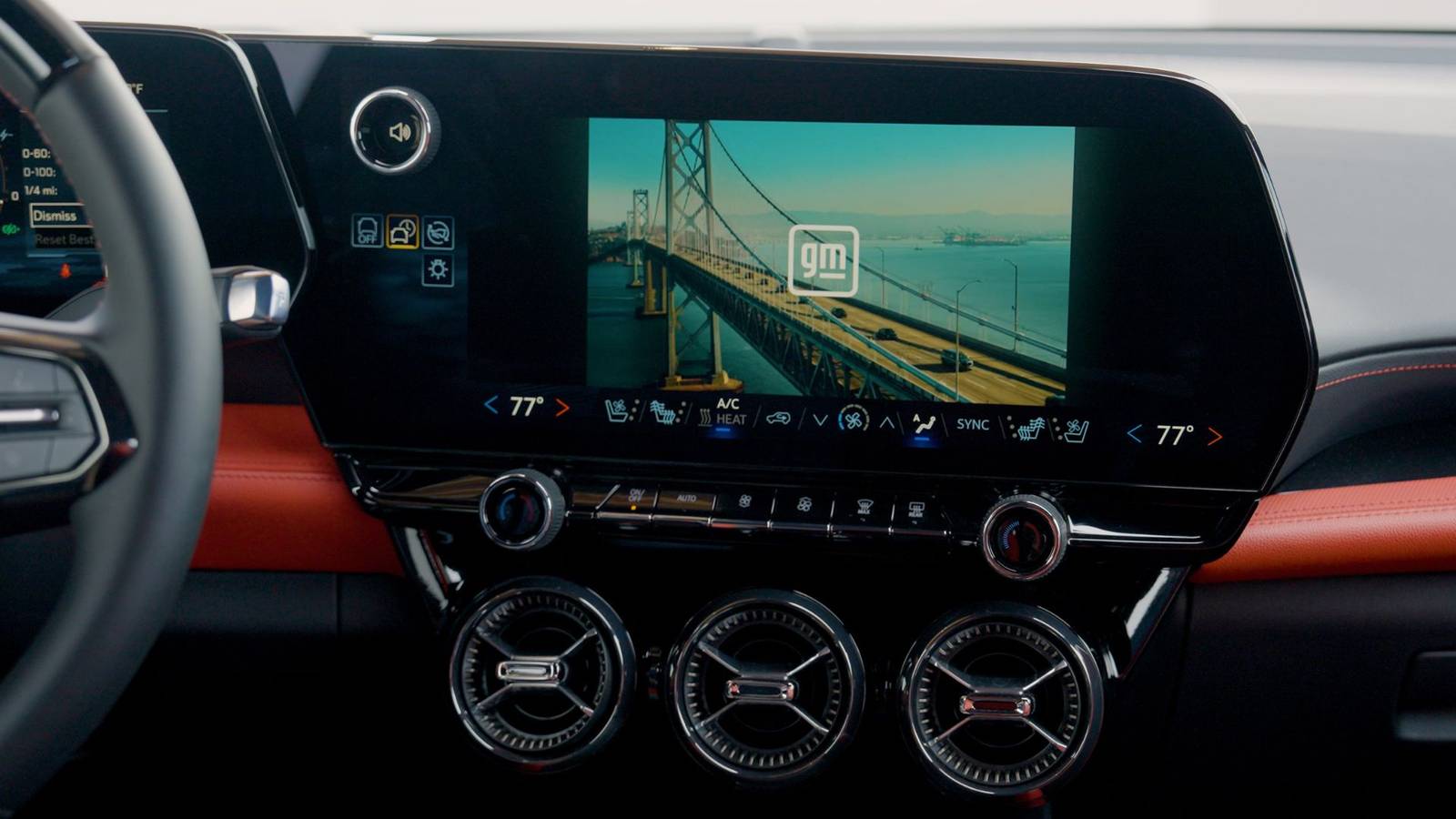Apple CarPlay and Android Auto aren’t just “nice-to-have” tech—they actually make driving safer. Seeing the same apps and layouts you know from your phone on your car’s screen keeps things familiar, cutting down on distractions.
Of course, there’s a catch: Apple and Google love being in every corner of your life. Ads, app sales, and subscription fees don’t stop just because you’re behind the wheel.
Now, General Motors (GM) CEO Mary Barra is shaking things up. On the Verge Decoder Podcast, she revealed that CarPlay and Android Auto will eventually vanish from every Cadillac, GMC, Chevy, and Buick—and other automakers are eyeing similar moves.
GM’s Q3 numbers are in, and software is already bringing in serious cash, with $2 billion earned this year alone. On top of that, the company has $5 billion in deferred revenue from subscriptions from 11 million OnStar users and 500,000 Super Cruise customers.
It’s clear GM wants even more of that revenue. CEO Mary Barra said the company is working with Google on an Android-based AI infotainment assistant, where voice will likely be the main way drivers interact with their cars.
The plan includes custom apps for navigation and what GM calls concierge services. That could mean ordering food from Grubhub while in traffic, booking a parking spot before a game, or reserving an EV charging station without leaving your seat.
Many carmakers have already switched to Google-based systems that let you download apps directly to your vehicle, so GM is not alone. Apple is fighting back with CarPlay Ultra, already in Aston Martins and coming to Hyundai Group cars.
So far, GM is the only major automaker to completely ditch both Android Auto and Apple CarPlay. Barra didn’t say it outright, but this move is likely about money too.
By working directly with Google on a new platform, GM faces pressure from the tech giant to squeeze Apple out. It’s a strategic play that could reshape how drivers interact with their cars.
Barra told Decoder the rollout won’t happen all at once. It will come gradually as major model updates arrive through 2028.
The slow approach gives the software time to develop and avoids shocking current owners. Imagine getting into a 2026 GMC Sierra and finding Android Auto suddenly gone—GM doesn’t want that kind of headache.
GM’s 2023 decision to ditch phone-based systems in its EVs didn’t sit well with many customers. Some even tried “hacks” to keep CarPlay and Android Auto working.
Dealers occasionally installed hardware to make it happen, until GM shut that down. Clearly, drivers still want the option to use their phones in the car.
Rivian owners are showing the same trend. There’s even a $400 workaround called EV Play that lets buyers use Android Auto and CarPlay in otherwise restricted vehicles.
Let’s be real—this is all about money. GM’s Barra is echoing Elon Musk’s old Tesla argument that removing buttons was about protecting the “user experience.”
The truth is it was really about cutting parts costs and boosting the bottom line. Rivian’s RJ Scaringe has said repeatedly that they aren’t giving up control of the experience just to chase profits.
Polestar is in a similar boat. They were the first automaker to go full Android-based, only letting Apple CarPlay in reluctantly, keeping their proprietary system intact.
How-To Geek’s sister site, TopSpeed, received a statement from General Motors clarifying their plans. GM emphasized that existing vehicles won’t lose Apple CarPlay or Android Auto, and that any changes will happen gradually as the company moves toward a centralized software platform.
“We are not making any changes to existing vehicles. If your car supports Apple CarPlay or Android Auto, that will continue. Both will remain available in all GM gas-powered vehicles for the foreseeable future. As we advance toward our centralized computing platform, we’ll gradually move to a better, more deeply integrated experience—a direction the broader industry is taking as vehicles become more software-defined. This will happen over time, not overnight. We value our collaboration with Apple and Google and remain focused on delivering experiences customers love.”
— GM spokesperson
Even if the interface is great—which it is on both Polestar and Rivian—customers are still customers. If we own the car, we should be able to deck out our Cybertrucks in ugly camo without paying extra for the “privilege” of curated features.
Other carmakers are likely to follow GM’s lead. Volkswagen Group, for example, will have its software backend for every model—from Audi to Bentley—built by Rivian.
Ford’s CEO Jim Farley says they won’t go the same route, but the temptation is there. Shareholders always push for higher profits, and billions in potential revenue from “concierge services” is hard to ignore.
Source: The Verge Decoder Podcast, TopSpeed
We want to hear from you! Share your opinions in the thread below and remember to keep it respectful.
Your comment has not been saved
This thread is open for discussion.
Be the first to post your thoughts.



















